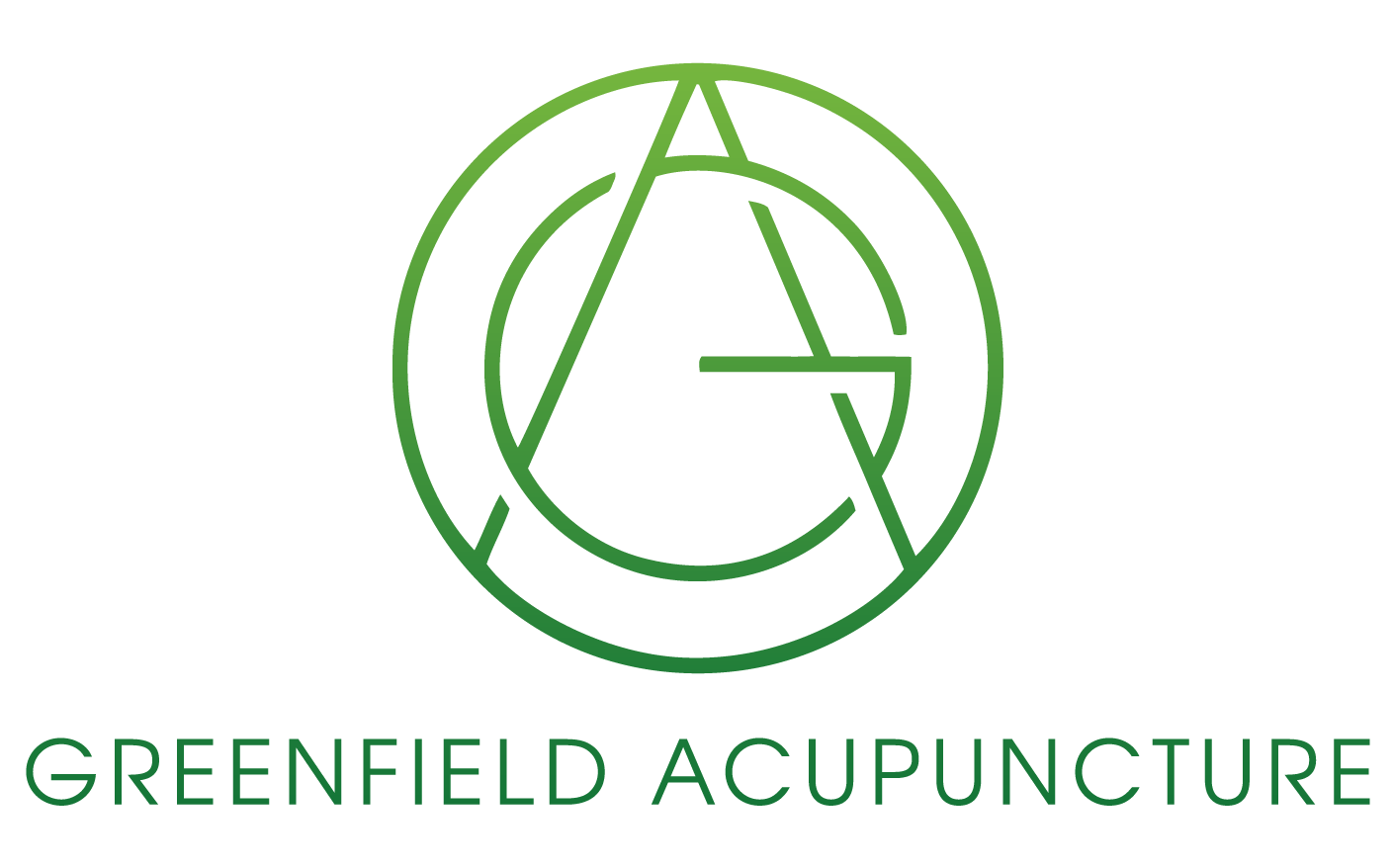

At Greenfield Acupuncture, we use an integrative approach to treat pain with a focus in trigger point / dry needling, sports-related injuries, stress-related symptoms, infertility, and women’s health.
Services
Pain (Chronic and Acute)
Migraines, Headaches, TMJ, Tinnitus, Vertigo
Anxiety & Stress Management
Women’s Health & Fertility
Internal Medicine
Weight Loss
Neuropathy
Schedule
Contact us for a free consult
Laura@greenfieldacupuncture.com
45 East Afton Ave, Suite F
Yardley, PA 19067
Treating patients in Bucks County and the surrounding areas
Yardley, Newtown, Langhorne, New Hope, PA
Right across the bridge from New Jersey - Ewing, Pennington, Princeton, Lawrencville, NJ

What is Acupuncture?
Acupuncture promotes the circulation of blood, lymph, white blood cells, and fluids to the area of needle insertion to minimize pain and inflammation, thus providing immediate relief. The brain releases endorphins causing relaxation of the body's nervous system.
Put simply, Trigger Points are constant/consistent sources of pain in specific areas of muscle and fascial tissue where tight bands of contracted or knotted tissue are found. Normal muscle tissue is free of ‘contraction knots’ within the muscle fibers. When these ‘contraction knots’ occur, the brain receives pain signals resulting in a somatic awareness of specific areas of physical pain. There are two types of trigger points: active and latent. Both types can cause range of motion issues, muscle dysfunction or weakness.
According to Dommerholt’s research found in the Journal of Manual Manipulation Therapy, “Dry needling can not only reverse some aspects of central sensitization, it reduces local and referred pain, improves range of motion and muscle activation pattern, and alters the chemical environment of trigger points.”
Another scientific journal lists some of the common pain conditions that have been associated with myo-fascial trigger points. These include: migraines, tension type headaches, carpal tunnel syndrome, disk pathology, radiculopathies, tendonitis, craniomandibular dysfunction, joint dysfunction, spinal dysfunction, computer-related disorders, whiplash-associated disorders, pelvic pain and other urologic syndromes, complex regional pain syndrome and post-herpetic neuralgia.

Science of Acupuncture
Modern researchers have suggested that acupuncture points contain an abundance of nerves, muscles, and connective tissue. Stimulation of acupuncture points has an effect on various biochemical reactions and neural pathways in the body. Acupuncture has been proven to enhance the production of neuropeptides (both opioids and non-opioids for pain relief) as well as neurotransmitters (serotonin, GABA, and dopamine, just to name a few). It also has profound effects on the Central Nervous System. These include the spinal reflex effects, where acupuncture stimulates muscle relaxation and changes in visceral organs. In the brain, acupuncture decreases activity in the limbic system associated with stress and illness while improving the regulation of the HPA (hypothalamus-pituitary-adrenal) Axis which is responsible for maintaining hormone balance and many of our physiological responses.
There are no chemicals or medications involved in acupuncture, so the treatment has minimal side effects and can be safely combined with other treatments or medications. In addition, patients typically experience little to no pain, and many find the procedure itself to be relaxing. These findings were published by National Institute of Health (NHI) and The Evidence Based Acupuncture Organization.





